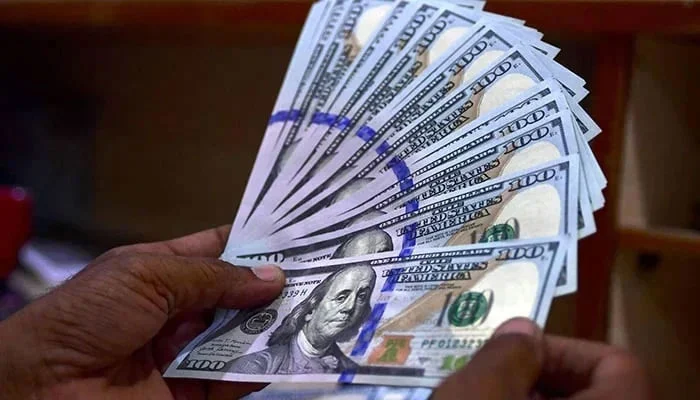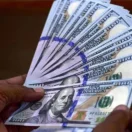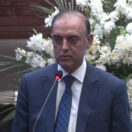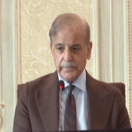By Humza Jilani
Published in Financial Times on September 18, 2024
Businesses in Pakistan are racing to cover their factory rooftops with ultra-cheap Chinese solar panels, after a surge in electricity prices that has made the state- owned power supply among the most expensive in South Asia. “Every bit of space I have, even if it’s a few feet, I want it covered in solar panels,” said Khawaja Masood Akhtar, chief executive of Forward Sports, whose factory near the Indian border is one of the world’s largest makers of footballs, and a rare example of a successful export business.
His company had already doubled the level of solar in its energy mix to 50 per cent over the past two years, in response to pressure to go green from Adidas, which contracts Forward to churn out millions of balls each year. Akhtar is now ploughing a chunk of last year’s profits into importing another haul of panels from China to lift the share of solar supply to his operations to 80 per cent by next April, to blunt the impact of soaring tariffs for state-provided power.
“It’s the only way we can beat our competitors” in China and India, he said. “Allah has given us this gift to get out of this mess.” China is also involved on the other side of the “mess”. In order to put an end to widespread electricity shortages a decade ago, the Pakistani government drew in billions of dollars from Chinese and other lenders to its power sector with promises of sovereign-backed, dollar-indexed returns and commitments to pay for
even unused electricity.
Financing mostly flowed to the coal-fired plants and power tariffs in Pakistan have more than doubled over the past three years alone, as the cash-strapped government scaled back subsidies and passed the capacity payments made to power producers on to consumers.
In response, moneyed Pakistanis have capitalised on the country’s punishingly harsh sunlight by importing some $1.4bn worth of Chinese solar panels in the first half of this year, making it the third largest national destination in the world, according to data compiled by BloombergNEF.
Shimmering blue panels now sit atop a vast array of factories, high-end households, hospitals and mosques. Irteza Ubaid, chief operating officer of Shams Power, a Lahore-based importer, said that multinational companies in Pakistan, including Coca-Cola, Mondelez and Hyundai, are gobbling up the panels he imports from China, as they chase savings of up to 70 per cent on their electricity bills. The federal government sees the switch to solar as being in the country’s environmental interests, as climate change has brought more extreme weather including deadly heatwaves and floods, which caused the deaths of more than 1,500 in 2022.
Petrol station with solar plates on its roof in Karachi © (c) Maqibyasin | Dreamstime.com But the mass adoption of solar panels also risks making the power provided by the Pakistani grid “unaffordable”, Awais Leghari, the energy minister, told the Financial Times. “Demand is shrinking off the grid. That’s a big concern for us.” Earlier this year, the ministry complained that “solarisation has grown too fast”, as a result of a policy to buy some excess solar power from households and industry at above-market prices.
A remaining estimated 30mn low-income consumers who cannot afford the new solar panels or lack the rooftop space now face rocketing prices for the state-owned power supply. Local industrial groups complain that energy costs are double those of businesses in India and Bangladesh. Some factories have been forced to shut even as the Pakistani government seeks to boost exports to transform the import-dependent, boom-and-bust economy.
Jenny Chase, lead solar analyst at BloombergNEF, says the cost of panels has halved to about 10 cents per watt, from 24 cents last year.
“Electricity prices throughout the country have really gone up, so it’s become economically viable for factories and wealthier households to pay the upfront cost of setting up solar,” she said. Pakistan pays for 40,000MW of installed power capacity despite its population
consuming about half of that per year, and attempts to recoup the cost by passing it on to household electricity bills. While the investment in power supply has helped to alleviate load shedding, it has saddled it with more than $9bn of mounting debt, analysts and government
officials say. Outstanding payment obligations also limit how much Pakistan can invest towards its goal of increasing the share of solar and wind and hydropower in its energy mix, from about 32 per cent now to 60 per cent by 2030. This leaves its electricity prices largely remaining tied to gyrations in global market for the fossil fuels that power the majority of its plants. Rising debts have created a vicious cycle in which ever-increasing power tariffs push wealthier households and businesses to invest in solar panels and reduce the bills they pay to power distributors. This incentivises those left reliant on the expensive existing grid with the choice of saving money to do the same, or to refuse to pay their bills, said Asha Amirali, a fellow at the Centre for Development Studies at the University of Bath. “Chinese [solar panel] imports are contributing to difficulties servicing power debt,
including to Chinese investors,” she says. Power consumption from the expensive grid fell by about 9 per cent last year, as
double-digit inflation shredded purchasing power and the climbing bills led people to turn to solar and other off-grid options.
Despite the federal government’s concern about its power network, the provincial government of Punjab, home to more than half of Pakistan’s population 240mn, announced in July that it would give away free or heavily subsidised solar panels for millions of citizens struggling with rising electricity bills. The party that rules Sindh province, with more than 50mn citizens, said last month it would follow suit with a similar policy for its poorest residents.
Leghari said that his government was making efforts to make grid power more affordable by renegotiating with Chinese and domestic investors over the power sector debts, as well as privatising power distribution companies and promoting the electrification of motorcycles, a main mode of transport.
“It’s the price of electricity that’s kicking people out of the grid. I don’t blame them, we need to improve ourselves,” he says.





